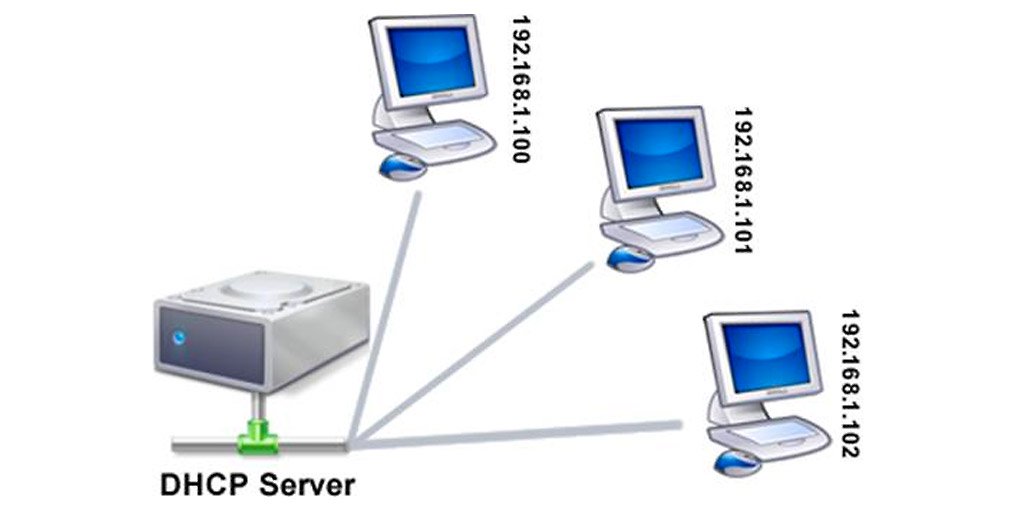Categories
Money money money...
Could we help you? Please click the banners. We are young and desperately need the money
Last updated: April 14th 2023
Categories: IT Knowledge
Author: Elzan Ajdari
Advantages and disadvantages of dynamic and static IP addresses
Dynamic and Static IP addresses.
What are the advantages and disadvantages?
Dynamic IP address:
The Dynamic IP is assigned by a DHCP server. This means that the IP does not have to be assigned manually. First, the client sends a packet with the destination address 255.255.255.255 and the source address 0.0.0.0. This serves as a request to all available DHCP servers. Then, the DHCP server responds with a free IP address and further parameters, a so-called offer. The client then sends a positive message to the DHCP server, and the DHCP server confirms the assignment of the IP address.
Advantage of using DHCP in your network
The most common reason to use DHCP is, that the configuration of getting a client into the network is not required. The client automatically gets a free IP address.
You can save time by not setting each IP address yourself.
However, it is possible to define IP addresses on the DHCP server.
This is done by reserving the MAC address for an IP address.
If you don't know what a MAC adress is, you can check my other blog article here:
⬇ MAC address and it's function
Disadvantage of using DHCP in your network
If you are in a domain, this method is disadvantageous because you have no overview of all clients. Especially the remote access is problematic because the IP address is not always the same.
You would always have to look up the IP address in the DHCP server.
Static IP address:
The Static IP is an IP address that remains the same until you change it again.
One sets a Static IP address with individual Windows clients under the adapter options in the network settings.
One uses this method in companies or small enterprises.
Advantages of using Static IP addresses in your network
Remote access via IP address is much easier, because it always remains the same.
You have an overview over all clients and therefore it is very easy to enter them into a domain.
Disadvantages of using Static IP addresses in your network
Since the IP address always remains the same, a hack attack is more likely than with DHCP.
In addition, the self-configuration of IP addresses is much more time-consuming.

